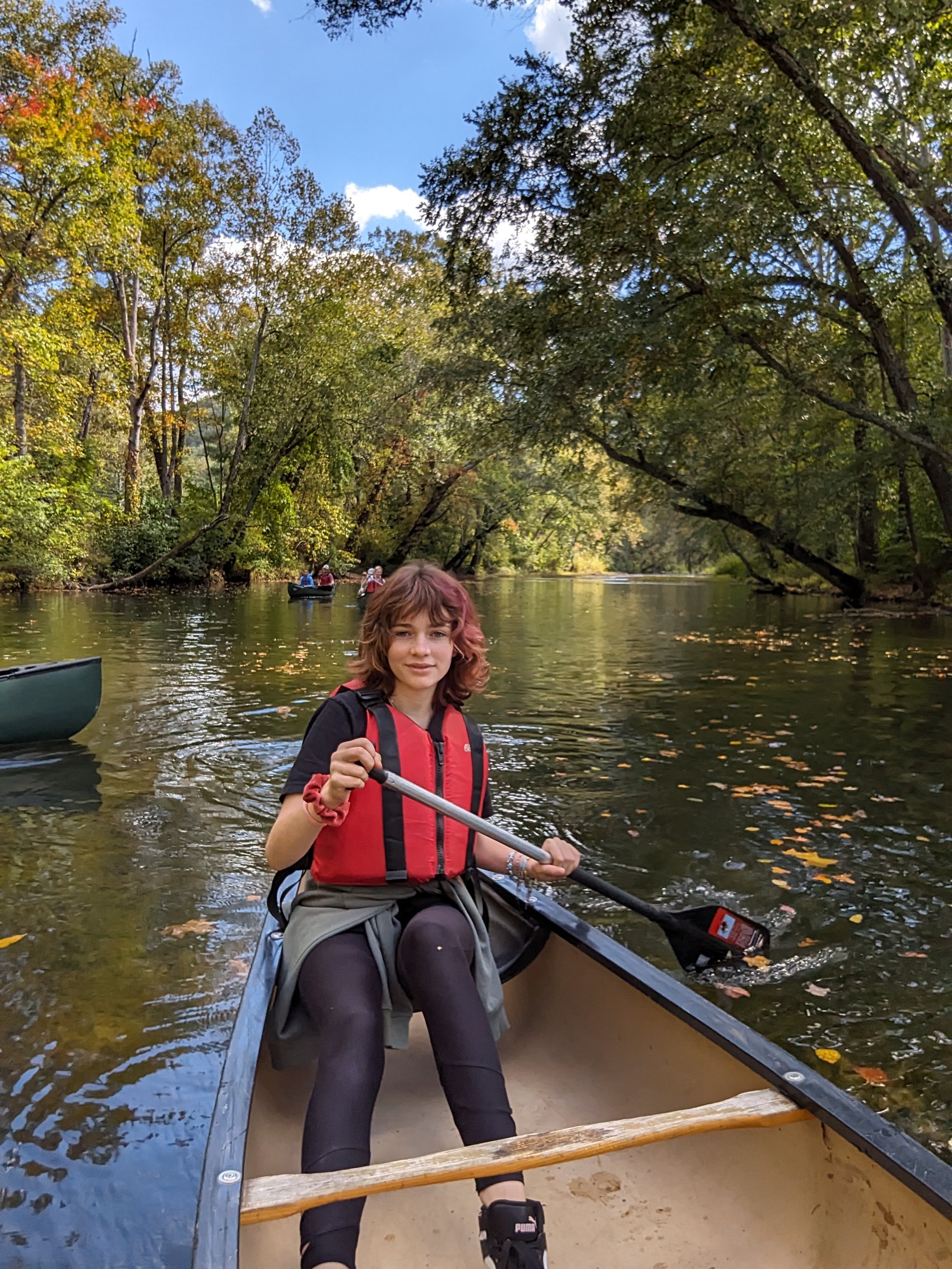
6th Grade Curriculum
In 6th Grade students are on the threshold of a new developmental phase. The children say goodbye to a younger stage of childhood and greet a new paradigm, a decisive moment in their development. They now take initial steps toward regulating the swings of emotion that accompany the approach of adolescence.
Structure and form in 6th Grade curriculum provide much-needed balance for the students’ polarities of feeling, e.g. joy and sorrow, calm and frustration, etc. Students begin the journey of forging their own path in life. This requires an adept discerning capacity that will eventually, from the age of about fourteen onwards, yield a strengthened capacity for thinking. At this time, however, the students’ evolving capacity for critical thinking is in the initial stages — the dawning intellect can be noted in their insightful answers and ability to truly understand cause and effect.
6th Grade students are often interested in establishing structure and order, and in finding lawful relationships; the study of Rome and the medieval times are the perfect backdrop to explore these themes. The mood of the Middle Ages, with a focus on cloistered monks and chivalry, satisfies the 6th Grader’s quest for beauty, contemplation, and justice. They look for lawfulness in the heavens through a study of astronomy, and then delve into the structure and make-up of the earth as they study mineralogy. In physics, the 6th Graders study acoustics, heat, and optics. The dynamics of light, dark, and color are further explored through painting and charcoal drawing. The study of physical world geography help students see patterns in the geographic distribution of biomes and how the natural forces such as climate, ocean and wind currents, plate tectonics, erosion, etc. influence the physical environment. Language arts focuses on the rules and laws of grammar, while math focuses on business math and percentages.
-
Academic Organization and Multitasking
Artistic Expressions of Academic Learning
-
Paragraph and essay structures
Note-taking
Self-editing
Expository
Descriptive and narrative writing
Report Writing
Parts of Speech
Punctuation
Parts of sentences (subject, predicate, direct object, indirect object)
Phrases and their functions
Types of clauses
Latin root words
Prefixes
Suffixes
Conditional mood
Drama
Poetry
-
Business math (decimals, percentages, interest proportion, profit and loss), economics, computation and problem solving
Eight basic geometrical constructions, constructions based on the six and twelve division of the circle
Physics
Mineralogy
Astronomy
-
Rome and Roman law
The Crusades
Islam
Muhammad
Medieval Society
-
Conversational
Grammar
Vocabulary
Proverbs
-
Woodworking
Hand sewing soft sculpture (gusseted animals, pattern creation)
-
Nature sketching and technical illustrations of science experiments
Pastel chalk and charcoal drawings
Veil painting technique
Landscapes
-
Currently offering:
Singing
Guitar
Recorder
Upright bass
Percussion
Chorus
-
Team Sports
Cooperative and medieval games that are designed to allow students to test themselves.













